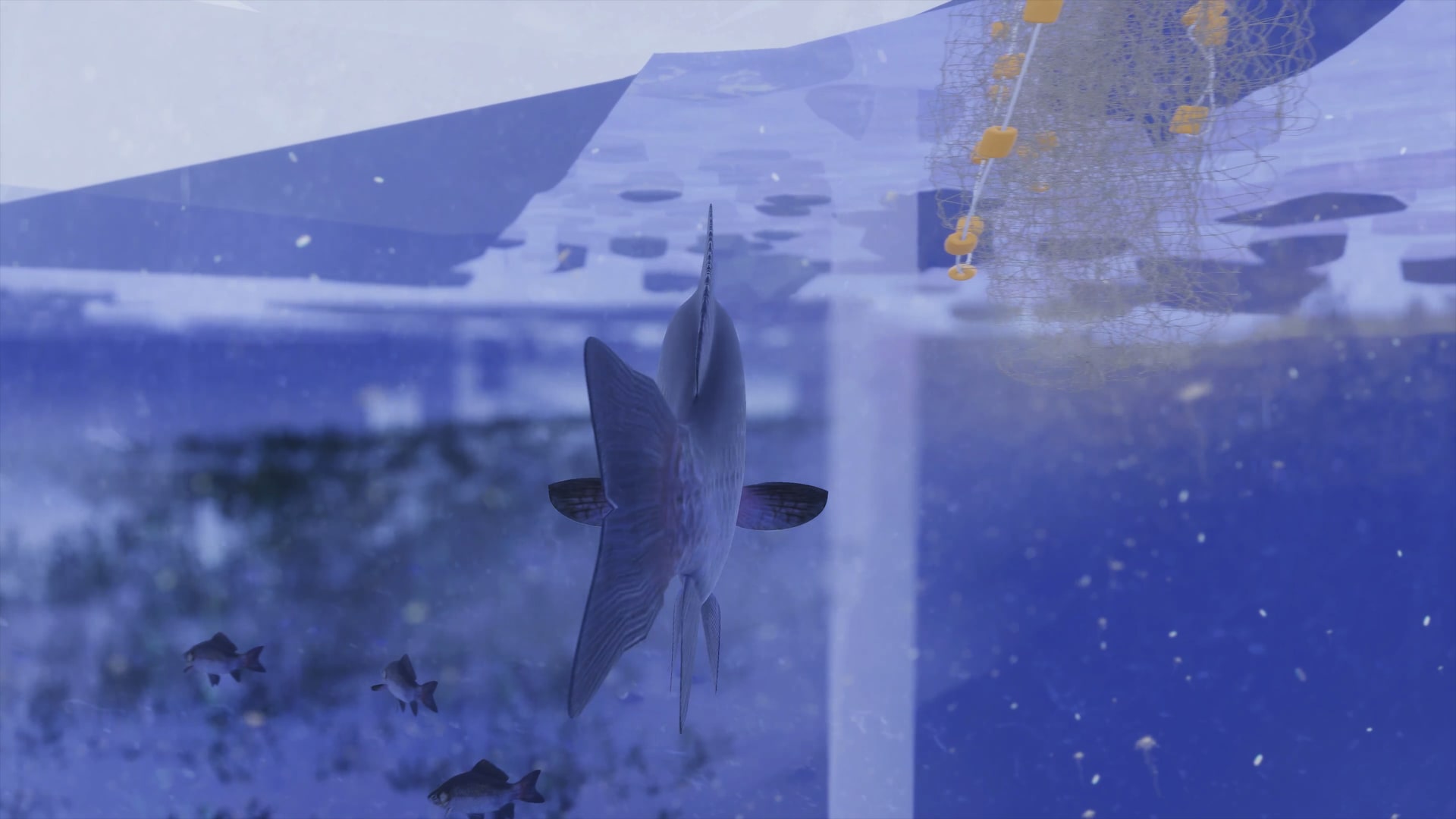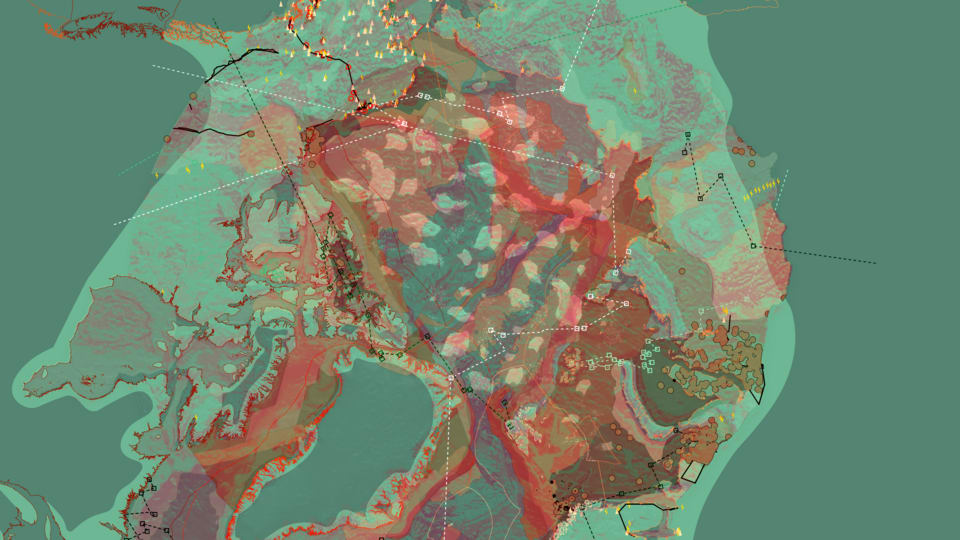Lena Geerts Danau is graduating from the Royal College of Art with a Masters in Architecture. She completed her BA Architecture degree at the University of Antwerp in 2018 and went on to Norway where she studied for one semester at the Bergen School of Architecture. In 2019 she came back to Antwerp and worked at the architectural practice B-architecten.
At the RCA, Lena’s research explored the geopolitical and geographical influences in the Arctic region. In ADS7: Politics of the Atmosphere, her project -Data sensing; the contemporary version of extraction- explored the geopolitical effects of data distribution. As part of the studio she took part in the Sky River installation over the summer of 2020. This was a digital and physical installation, led by Elise Hunchuck, Marco Ferrari and Jingru (Cyan) Cheng and part of the exhibition Critical Zones: Observatories for Earthly Politics, which was on display at ZKM | Center for Art and Media Karlsruhe, Germany.
This year in ADS8: Data matter – The gaming edition, led by Ippolito Pestellini, Kamil Hilmi Dalkir and Rhiarna Dhaliwal, Lena has continued her interest explored within her dissertation, a paper in which she used the Arctic region to address that a nation can have a geographical context along with a political, and explores how we could link global processes caused by the climate with their local manifestations. Within her most recent project -Alternative Arctic Perception- she searched for an alternative representation of fluid border situations emerging through political and geographical manifestations in the Arctic region.
Currently, Lena and Andra Pop-Jurj are part of the scientific and artistic collaboration Driving the Human - a catalyst for experimentation which combines transdisciplinary expertise in shaping sustainable and collective futures. Building on their MA theses, their collaborative proposal is concerned with environmental politics at a geopolitical level and envisions alternative modes of engagement across species. It will be on display in October at radialsystem, Berlin.





